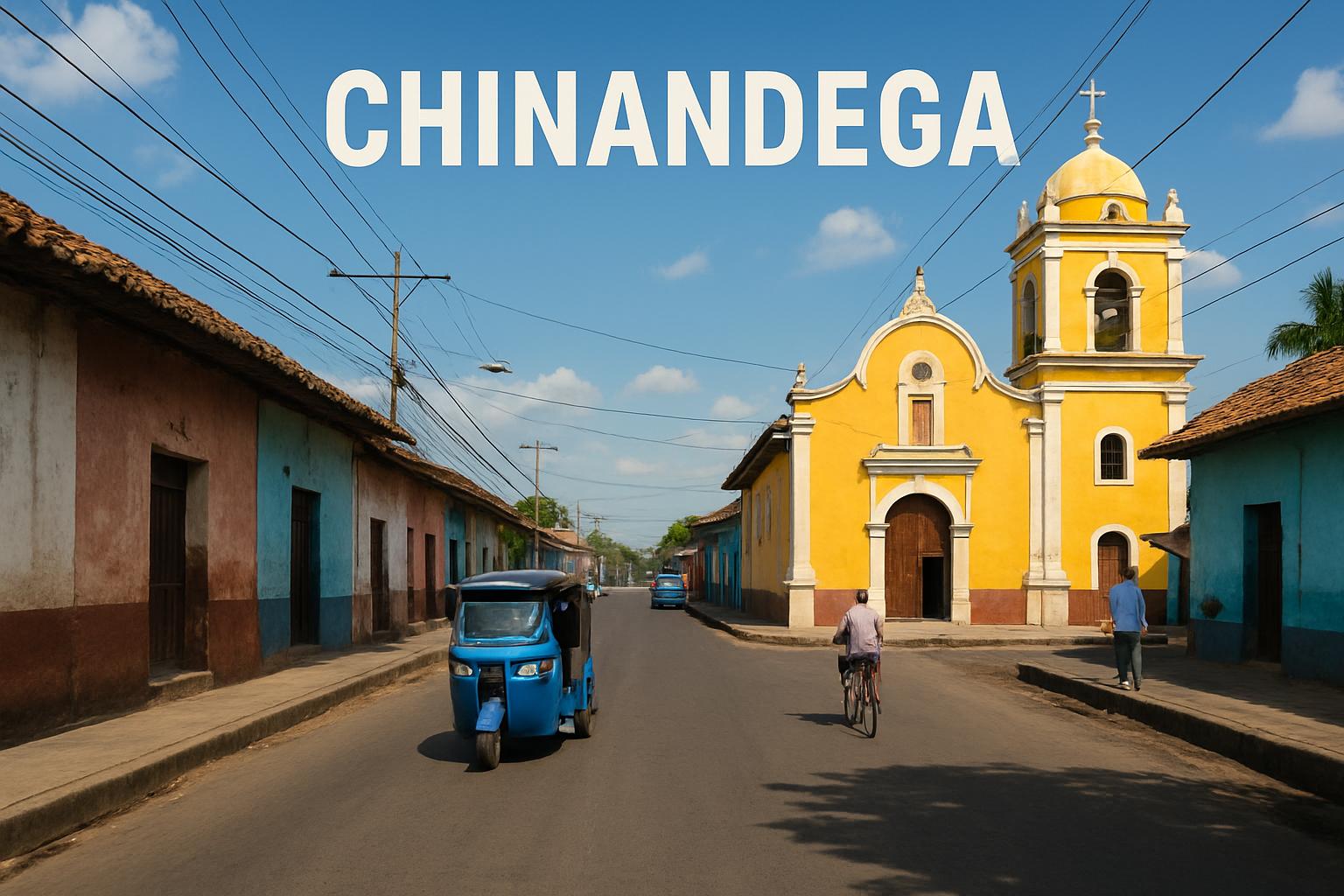Contents
Geography and Climate
Chinandega, a department in the northwestern corner of Nicaragua, is a remarkable region featuring a blend of geographical landscapes. Nestled along the Pacific Ocean coastline, it boasts a diverse topography, including fertile agricultural lands and significant geological features. This variety in landscapes creates conducive conditions for a rich agricultural base, which plays a pivotal role in the local economy.
The climate in Chinandega is typically tropical, featuring well-defined wet and dry seasons. This type of climate is advantageous for agriculture, promoting the growth of an array of crops that thrive under the alternating periods of rain and warmth. In the wet season, the lush green fields highlight the region’s agricultural potential, while the dry season provides ideal conditions for harvesting.
Chinandega is also an area vulnerable to natural events, particularly earthquakes. Nicaragua is situated in a seismic zone, and Chinandega has experienced its share of tremors and quakes over the years. These seismic activities are a reminder of the region’s underlying geological dynamics that influence the broader landscape.
Natural Attractions
The natural attractions in Chinandega are plentiful, drawing tourists and locals alike. Among these features are its magnificent volcanoes, with San Cristóbal standing as the tallest among them in Nicaragua. Adventurers often seek out these landscapes for hiking and exploring the volcanic terrain.
The Reserva Natural Complejo Volcánico San Cristóbal-Casita is a prime destination for those interested in experiencing volcanic landscapes firsthand. This area not only offers breathtaking views but also presents opportunities to observe the rich biodiversity of the region. Bird watchers and nature enthusiasts will find this reserve particularly rewarding due to the variety of species that inhabit the area.
In terms of geological history, the city’s proximity to volcanoes has made it susceptible to earthquakes. Over the years, several seismic activities have affected the region, part of the Pacific Ring of Fire. While these events pose challenges, they have also shaped the natural landscape, contributing to its unique features.
Agriculture and Economy
Agriculture remains the backbone of Chinandega’s economy, thanks to the fertile volcanic soils that characterize much of the region. These rich soils support the cultivation of various essential crops, notably bananas, sugarcane, peanuts, and sesame seeds. The soil’s fertility, combined with favorable climate conditions, has established Chinandega as a vital agricultural hub in Nicaragua.
The produce from this region not only sustains local communities but also plays a significant role in the country’s export activities. Bananas, for instance, are among the prominent exports, representing Nicaragua on the global market. Similarly, sugarcane crops are pivotal for local industries, feeding into the production of sugar and other by-products that are crucial for both domestic consumption and export.
Moreover, the agricultural sector has spurred the growth of industrial operations within Chinandega. Various establishments process raw agricultural goods into finished products, readying them for wider distribution. These industrial initiatives not only add value to the agricultural produce but also provide employment opportunities, boosting the local economy.
Cultural Heritage
Chinandega is a repository of cultural wealth, with a heritage that echoes through its architecture and traditions. In the heart of the region, the city of Chinandega serves as its cultural and administrative capital. Visitors can explore a wealth of historical sites, including churches that stand as testaments to the colonial past of the region.
The architectural designs of these churches and other historical buildings provide insights into the colonial influence that once permeated the area. Beyond architecture, the region is known for its vibrant cultural festivals and traditions. These community events are characterized by traditional Nicaraguan music and dance, embodying the historical and cultural narrative of Nicaragua.
Celebrations often draw both locals and tourists, offering a window into the culinary delights and traditional costumes that are signature aspects of Chinandega’s cultural identity. Engaging in these festivals is not only entertaining but also educational, allowing visitors to appreciate the depth and richness of the local culture.
Travel and Accessibility
Visiting Chinandega is made relatively straightforward through its transport connections. The department is easily accessible by road from Nicaragua’s capital, Managua. This accessibility facilitates the flow of tourists and locals to and from the region, fostering tourism and economic exchange.
The road network within Chinandega is well-structured, allowing visitors the opportunity to explore different attractions scattered across the department. Whether planning to visit the bustling streets of the city or the serene landscapes of natural reserves, travelers will find it convenient to navigate.
For those planning a visit, additional information about travel can be obtained from dedicated travel guides and local tourism boards. These resources offer updated details on transport options, accommodations, and other logistical considerations essential for a well-organized trip.
In summary, Chinandega is a unique blend of natural beauty, agricultural prosperity, and cultural heritage. Despite challenges posed by its seismic activity, it remains a vibrant region that offers a wealth of opportunities for exploration and engagement. Whether drawn by its natural landscapes, economic potential, or cultural depth, Chinandega provides a remarkable glimpse into Nicaragua’s diverse offerings.
